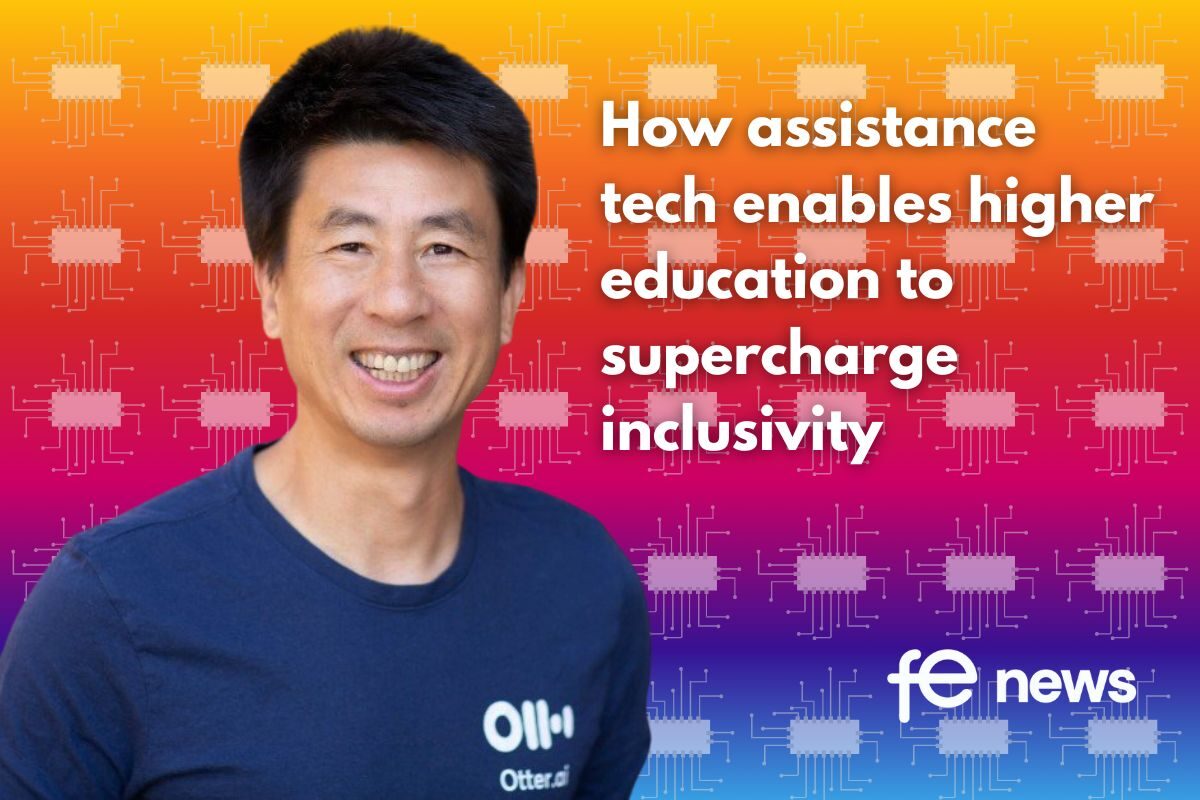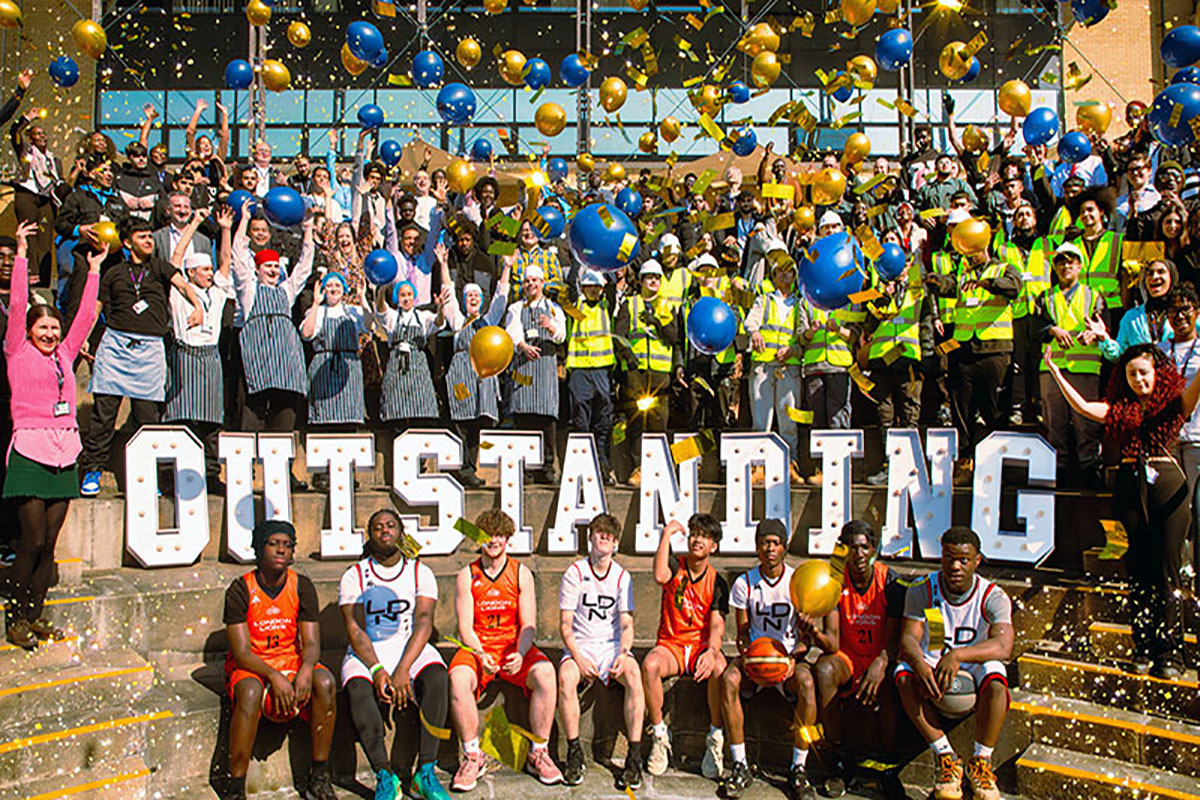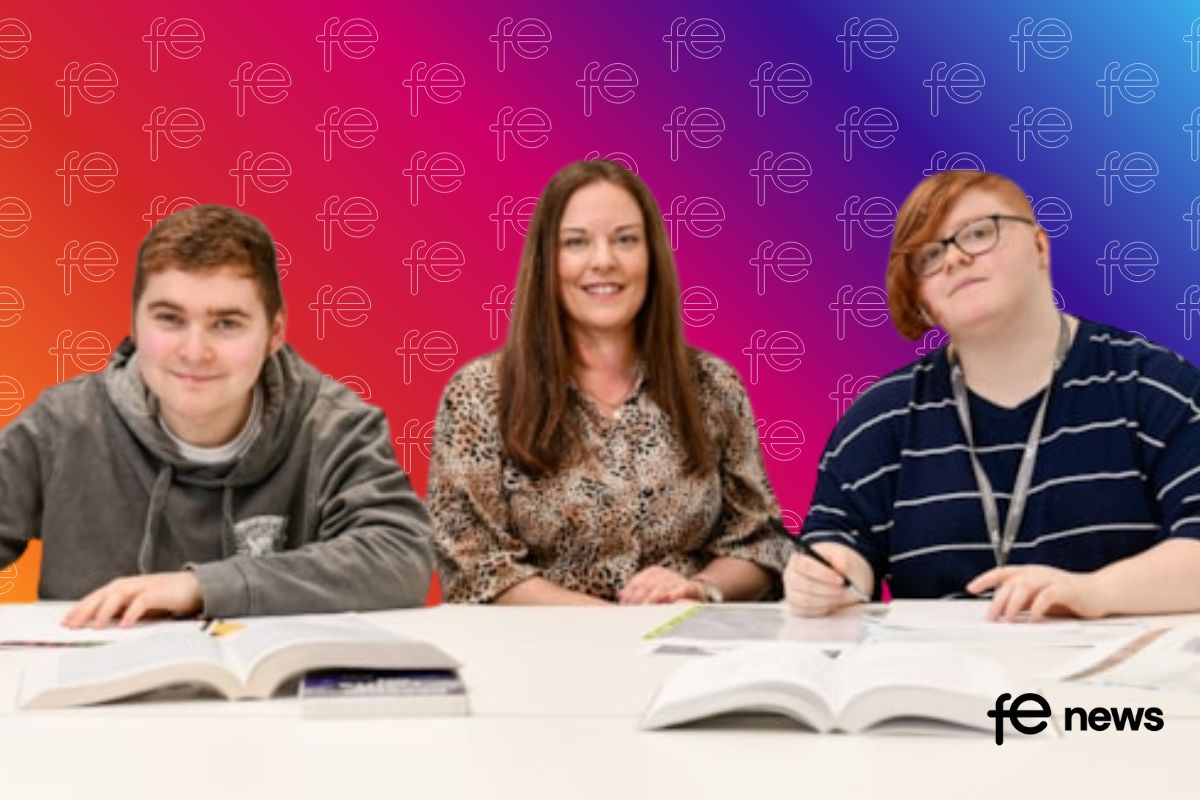How assistance tech enables higher education to supercharge inclusivity

It cannot be overstated how vital technology has become to the learning process. Though it has been gradually integrated into classrooms, it was undoubtedly the pandemic that confirmed for good just how essential technology is to provide inclusivity and ease of learning in higher education.
Applications such as Zoom, Google Meet and Microsoft Teams experienced unprecedented booms as professors and students turned to tech to allow them to continue to teach and learn remotely. It seemed that as long as technology could feasibly substitute for ‘real’ lessons, students could continue their education in a safe environment.
A new age of higher education
The normalisation of remote learning meant students could make their own decisions and develop self-discipline. Nothing like it had been seen before. Not only did it empower pupils of all stripes, it gave particular benefit to students who might have previously struggled to access lessons with regularity.
This increase of accessibility helped, to name just a few, students with disabilities; students who might otherwise have to arrange childcare; and those who live in remote areas for whom a reliance on public transport is an issue. Tech has assisted students that might have been previously overlooked. It’s vital that we continue this trend and look forward, not back, to become even more inclusive.
Rising to the challenge: The role of assistive technologies
However, this renewed focus on inclusivity and accommodation of students with differing needs presents unique challenges. A 2020 survey of 212 universities found that more than two-thirds of schools saw new students apply for accessibility services during the spring 2020 semester. Pre-Covid trends paint a similar picture: between 2007 and 2017, the percentage of college students seeking treatment for mental health concerns rose by 79%, contributing to a corresponding rise in accommodation requests.
So, how can these demands for accessibility be met?
University of California, Davis is a prime example of a university rising to the challenge of increased demand for inclusivity. The school’s Student Disability Center struggled to meet all of the requests it was receiving for accessibility services. In particular, the school received a high volume of note-taking accommodation requests, which administrators had difficulty fulfilling due to time and staffing constraints.
After evaluating different options and completing vendor risk assessments (VRA), the school turned to a new AI powered solution from Otter.ai. Otter’s software uses AI to automatically transcribes lectures in real-time and if available to capture the lecture slides and images, the resulting study notes can be highlighted and reviewed following a lecture. The university found this to be especially helpful because Otter integrates with both Microsoft Teams and Zoom. Feedback from the student body was overwhelmingly positive, too, and so the school ensured that this was now a readily-available tool for students. As UC Davies found, implementing assistive technologies to support the learning process is a simple way to increase inclusion in higher education.
Warwick Business School faced a similar situation. Previously, staff had been transcribing videos of lectures and seminars that had earned its distance learning course the accolade of ‘the best online MBA’ for five years running. The opportunity to have each lecture transcribed in real-time for each of its 1,500+ students was a huge bonus for students, particularly for those with ESL needs or attention deficit disorders. However, transcribing 800 videos per year was a mammoth task. By implementing Otter.ai, hundreds of hours of manually writing closed captions have been saved, giving staff more time on their hands to further assist students with accommodations in order to better their learning experience.
Utilising apps to support studies
It’s not just assistive technology that is helping students of all needs to thrive. Apps, such as flash card and revision apps, have all been developed to help support the learning process. For example, apps Forest and Pomofocus, which uses the Pomodoro method to assist with time management, help students focus on the task at hand and away from their smartphones and social media.
It seems there’s no shortage of ways in which technology is helping students to study more effectively. For students with attention deficit disorders in particular, technologies that can help to manage study time are hugely helpful. And at a time where students’ mental health is increasingly prioritised, tools like Calm and Headspace – renowned for helping students switch off and de-stress – have boomed in popularity.
Solving the problem, one step at a time
There is no doubt now that tech is an essential tool for education. It’s little wonder that this year’s International Day of Education slogan was ‘to invest in people, prioritise education’: when institutions place an emphasis on students’ welfare and accessibility needs, more often than not, the solution is a technological one. And this is an investment that will always pay dividends.
Students with accessibility needs, disabilities or difficulties of any kind should not have to struggle during their time in higher education – and technology is the most beneficial way of ensuring that nobody is left behind in their educational journey.
By Sam Liang, CEO and co-founder of Otter.ai











Responses